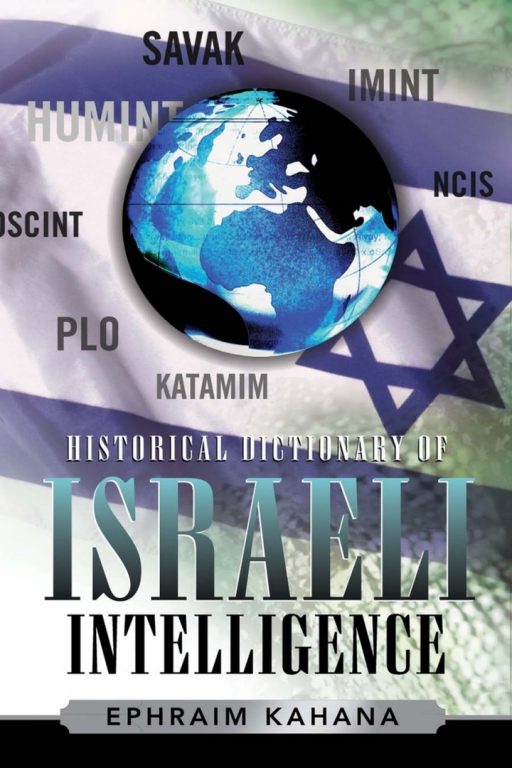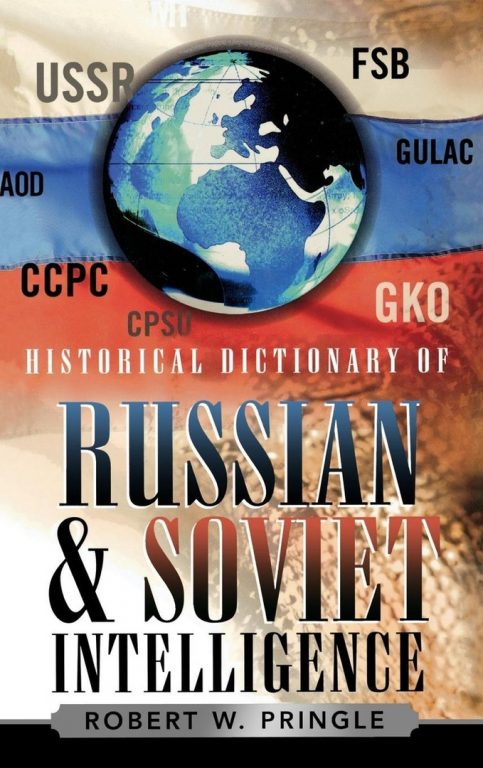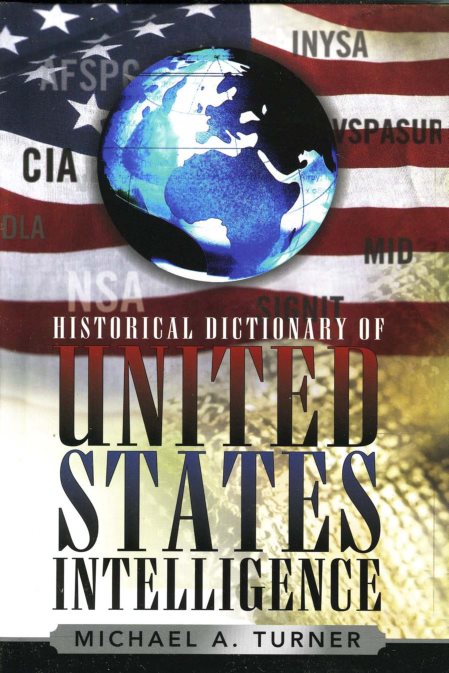1) Historical Dictionary of British Intelligence – Nigel West
Scarecrow Press | 2005 | PDF
This Dictionary offers insight into the history and operations of British Intelligence through its more than 1,800 entries, covering a vast and varied cast of characters: the spies and their handlers, the moles and defectors, the political leaders, the top brass, the techniques and jargon, and the many different offices and organizations. Covered also are the agencies; leading individuals and prominent personalities; operations, including double agent and deception campaigns; and events, using the most up-to-date declassified material, but written in a style for the professional and general reader alike. This text features 16 black-and-white photographs, an extensive chronology, and a comprehensive bibliography.
2) Historical Dictionary of German Intelligence – Jefferson Adams
Scarecrow Press | 2009 | PDF
No country can rival the sheer diversity of intelligence organizations that Germany has experienced over the past 300 years. Given its pivotal geographical and political position in Europe, Germany was a magnet for foreign intelligence operatives, especially during the Cold War. As a result of this, it is no wonder that during certain periods of history Germany was probably busier spying on its own citizens than on its enemies. Because of the Gestapo and the SS of Nazi Germany to the Stasi of the German Democratic Republic, the fear of domestic abuse by security agencies with police powers runs far deeper in German society than elsewhere in the West.
The Historical Dictionary of German Intelligence presents the turbulent history of German intelligence through a chronology, a bibliography, and hundreds of cross-referenced dictionary entries on the agencies and agents, the operations and equipment, the tradecraft and jargon, and many of the countries involved. No military reference collection is complete without it.
3) Historical Dictionary of Israeli Intelligence – Ephraim Kahana
Scarecrow Press | 2006 | PDF
For Israel―more so than for any other state―an effective Intelligence Community has been a matter of life and death. Over the past half-century or so, Israel has created and refined what is broadly regarded as one of the best intelligence networks in the world. It has repeatedly undone efforts by hostile Arab neighbors to defeat it in war, foiled countless terrorist attacks, contributed to military preparedness and armament production, and helped millions of Jews to reach the Promised Land. Unfortunately, it has also committed some terrible mistakes and made blunders it can ill afford.
With all of this activity, it is no wonder so much has been written about Israeli Intelligence. However, a handy reference work bringing the various strands together has been sorely needed yet unavailable, until now. The Historical Dictionary of Israeli Intelligence provides detailed information on the various agencies, operations, important leaders and operatives, and special aspects of tradecraft through a chronology, an introduction, a dictionary full of cross-referenced entries, and a bibliography suggesting further reading.
4) Historical Dictionary of Russian and Soviet Intelligence – Robert W. Pringle
Scarecrow Press | 2006 | PDF
At its peak, the KGB (Komitet Gosudarstvennoy Bezopasnosti) was the largest secret police and espionage organization in the world. It became so influential in Soviet politics that several of its directors moved on to become premiers of the Soviet Union. In fact, Russian president Vladimir V. Putin is a former head of the KGB. The GRU (Glavnoye Razvedyvatelnoe Upravlenie) is the principal intelligence unit of the Russian armed forces, having been established in 1920 by Leon Trotsky during the Russian civil war. The GRU was the first subordinate to the KGB, and while the KGB broke up with the dissolution of the Soviet Union in 1991, the GRU remains intact, cohesive, highly efficient, and with far greater resources than its civilian counterparts.
These are just two of the long list of Russian and Soviet intelligence agencies that are covered in the Historical Dictionary of Russian and Soviet Intelligence. Through a list of acronyms and abbreviations, a chronology, an introductory essay, a bibliography, and hundreds of cross-referenced dictionary entries on organizations like the Oprichnina, Okhrana, GPU, NKVD, KGB, GRU, Smersh, SVR, and FSB, a clear picture of the history of this subject is presented. Entries also cover Soviet and Russian leaders, leading intelligence and security officers, the Lenin and Stalin purges, the Gulag, and noted espionage cases.
5) Historical Dictionary of United States Intelligence – Michael A. Turner
Scarecrow Press | 2005 | PDF
This compendium of over 500 entries on the most important and relevant personalities, programs, activities, and agencies of U.S. intelligence, beginning with the Sons of Liberty before the onset of the Revolutionary War until the most recent reorganization of the U.S. intelligence community, covers the myriad pieces of legislation that have governed the activities of U.S. intelligence, from the National Security Act of 1947, which still constitutes the fundamental law setting up modern U.S. intelligence, to the Intelligence Reform and Terrorism Prevention Act of 2004, which established the new position of the Director of National Intelligence. Each entry is cross-referenced for easy navigation and provides a definition as well as a brief but complete historical evaluation of the subject. This volume traces more than two centuries of history in the chronology. The introduction explains just what intelligence is and does, and shows how U.S. intelligence operations have evolved. Appendixes list Directors and Deputy Directors of Central Intelligence. The bibliography provides the most relevant and important sources for those interested in further reading.
 1 / 5
1 / 5 2 / 5
2 / 5 3 / 5
3 / 5 4 / 5
4 / 5 5 / 5
5 / 5